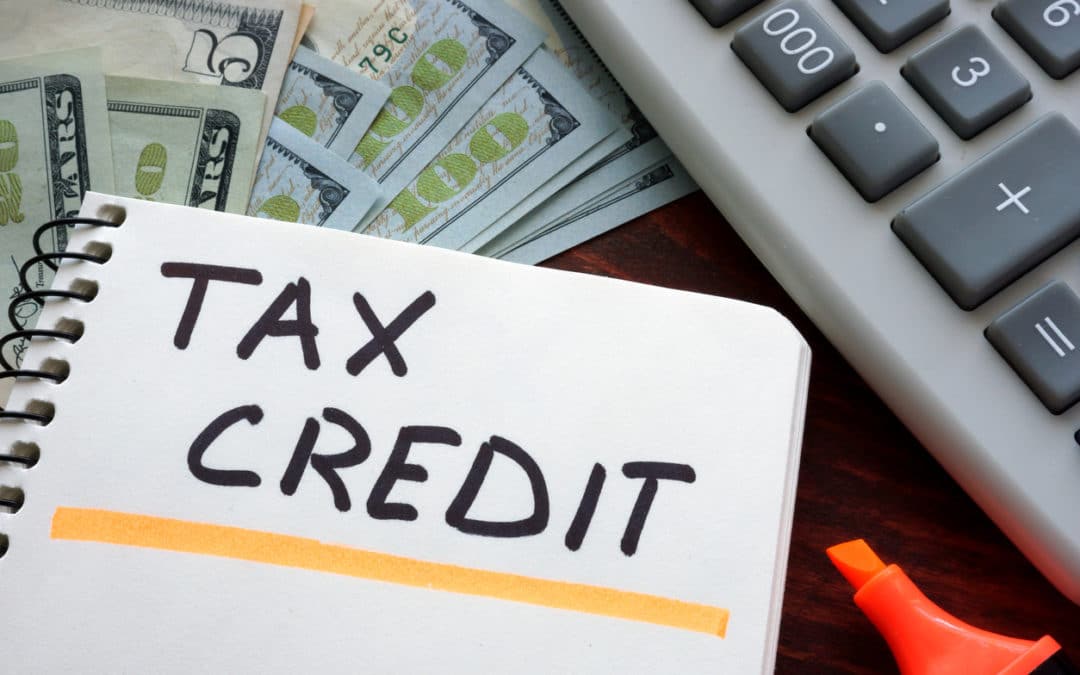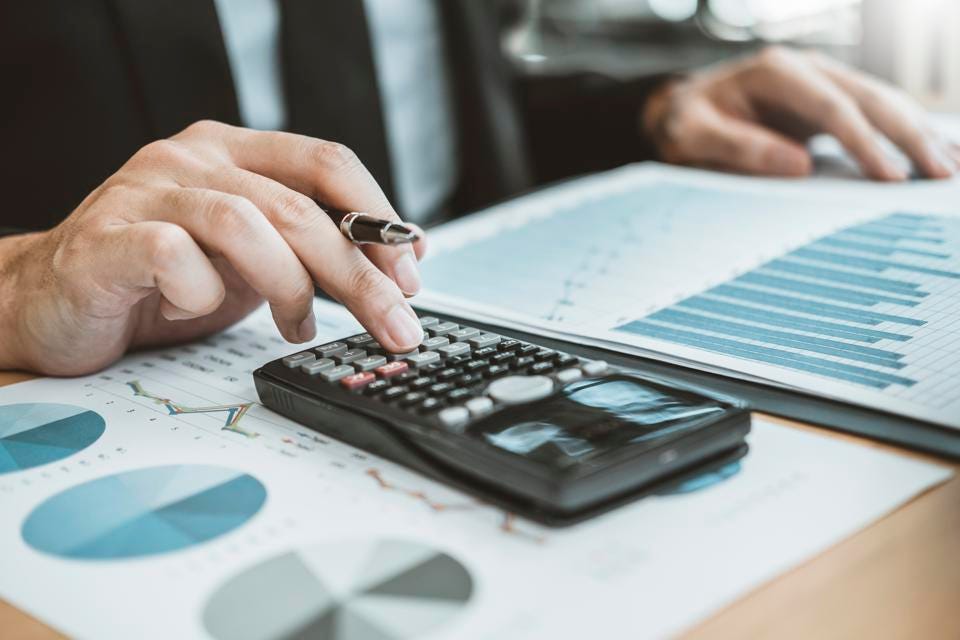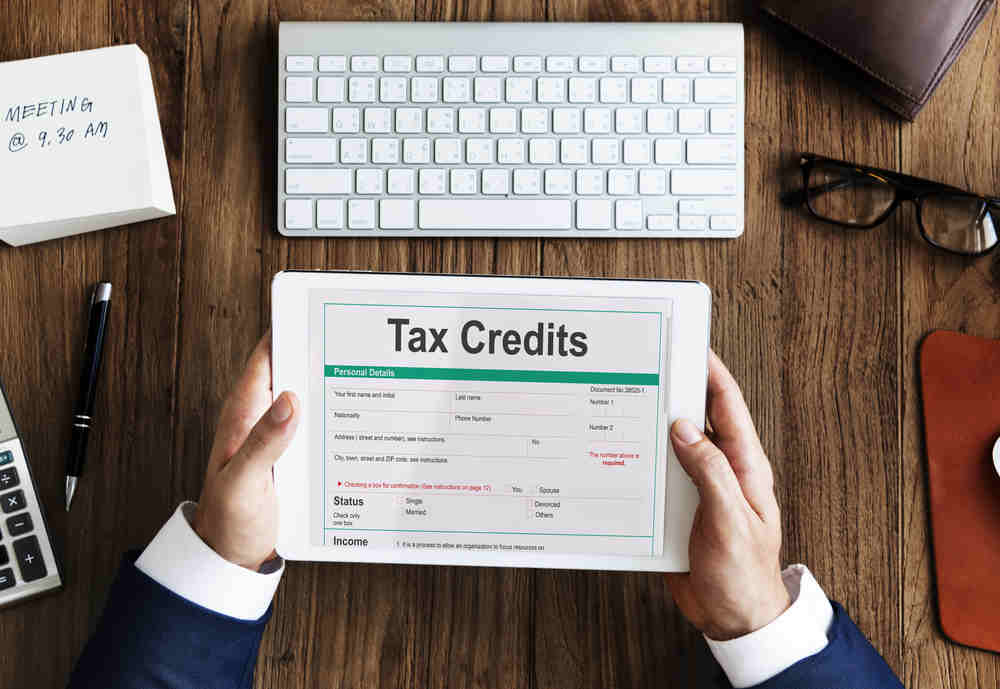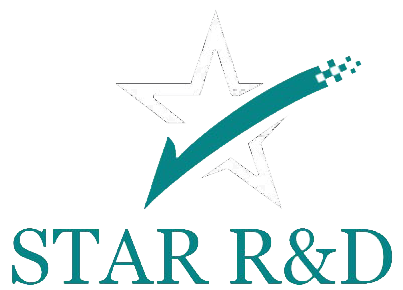
History
The R&D Tax Credit has been around since 1981. It is a government sponsored tax incentive offered to companies who create or improve a product or process in the course of their business.
Who is eligible
A common misconception is that research and development only takes place in laboratories with scientists in lab coast, or in designated research and development departments. The reality is that the R&D tax credit is much more widely applicable, with virtually any industry potentially qualifying. The best way to determine if activities will qualify for the credit is through the IRS’ four part test.
R&D claims
The four part test
In Section 41 of the Internal Revenue Code, the IRS has laid out a four part test that must be met by companies aiming to claim the R&D Tax Credit. An activity that meets all four parts of the test is a qualifying research activity. The four parts are:
- Business component test: Has the company demonstrated that the information being discovered was to develop a new or improved product, process, computer software, technique, formula, or invention, which is to be held for sale, lease, license, or further used in its trade or business? The new or improved product or process does not need to be new to the industry, just innovative to the business
- Technology test: Can the company demonstrate that its development of a business component relied upon the principles of the physical or biological sciences, engineering, or computer science?
- Uncertainty test: Has the company demonstrated that it tried to learn something new about the product or process being changed in order to improve it and has it demonstrated that the product or process could not be improved without going through this discovery process?
- Experimentation test: Has the company demonstrated that it went through a process of elimination, trial and error, or other evaluation of alternatives in order to arrive at the new or improved product or process?
Qualified research expenditures
Once it is determined there is qualified R&D, the associated expenses are then analyzed. The amount of eligible credit hinges on the underlying Qualified Research Expenditures (QREs) related to the qualifying research activities: what costs companies are allowed to include in their credit calculation. Qualified research expenses (QRE) include the salaries of people working on research and development projects, a portion of fees paid to outside contractors, the materials and supplies used in R&D prototyping, certain leased computer expenses, and research payments made to educational institutions or scientific research organizations.
Additionally, all QRE’s must be treated as expenses (instead of capitalized assets) on the company’s books under IRC Sec. 174 in order to be included in the credit calculation. The final step required to evidence the R&D tax credit is establishing nexus between the qualified research activity and the QRE. Essentially, linking the activities being performed to the costs that are being incurred. It’s also important to consider that expenditures must be associated with R&D activities conducted within the United States to qualify.
Calculating the federal R&D credit
Once it’s deemed that the activity meets the four-part test and the QRE’s are identified, the actual calculation of the credit begins. There are two methods to calculating the federal credit. The “Traditional Credit” calculation is 20% of a company’s qualified research expenditures exceeding a calculated base amount during their tax year. The “Alternative Simplified Credit” calculation method is also available, which is 14% of a company’s qualified research expenditures exceeding a calculated base amount. Generally, a company is allowed to claim whichever method results in a larger credit. The federal credit is calculated and claimed by filing form 6765 which is submitted alongside a company’s Federal income tax return.
A credit calculated for the tax year may be utilized in the current tax year as a dollar for dollar offset against any federal income tax liability. If the credit amount surpasses the amount of federal income tax liability, the unused portion of the credit may be carried forward for twenty tax years, or carried back one tax year and applied against federal income tax liability.
A company is able to “look back” three tax years to retroactively apply for the credit. A retroactive credit can be used for the applicable tax year to generate a refund, or carried forward within the twenty year period.
IRC Sec 174 requires taxpayers to reduce their deductible research and development expenses by the amount of any research tax credit computed. This is known as 280c election, which is a box checked on form 6765, which can only be made on an originally filed tax return. A 280c statement must be included with the form 6765 when filed.
The credit may be applied for every year that the company conducts R&D activity. Eligible companies may also choose to apply the R&D credit towards their payroll taxes. This is known as the Payroll Tax Credit (form 8974), which can be used by qualified small businesses.
State credits
In addition to the federal R&D Tax Credit, many states also offer a state credit. The state credit can be claimed in addition to the federal credit. Like the federal R&D Tax Credit, which mandates that companies conduct research in the United States to be eligible for the credit, each state requires that research be conducted in-state for a business to qualify for the credit. So, a company that conducts research in multiple states may be able to claim credits in every one of them – in addition to the federal credit.
Documents needed to calculate the credit
Generally, the following documents are needed in order to identify and calculate the QREs:
W2’s of the individuals employed by the company claiming the credit. The wages are pulled f rom box 1 for those employees who are directly involved, supporting or managing the research activity.
For partnerships, K1’s are needed. Partner self-employment income and some guaranteed payments can be included
For sole proprietorships, if an owner is directly engaged in, directly supervising or directly supporting the R&D activity, then his/her self-employment income may be included. This is found on personal Schedule C
1099’s or contractor invoices for payments made to subcontractors within the United States. Please note, analysis must be done on these expenses to determine which party “owns” the R&D. This is done through the “rights and risks” test. Whoever has the financial risk and whoever has substantial rights over the activity, can claim this expense. (Geosyntec Consultants, Inc. v. United States, 776 F.3d 1330 (11th Cir. 2015)).
P&L statements/trial balance/general ledger are necessary to identify raw materials and supplies used to conduct the R&D, or used and consumed in the process of research. Additionally, computers externally leased for conducting research, which primarily includes cloud computation, is typically found in the P&L statement.
Tax Returns are used to establish qualification criteria for the payroll credit, as well as providing information necessary to calculate base year amounts (incorporation date, gross receipts, taxable income)
What cannot be claimed?
- Research conducted after the beginning of commercial production or implementation of the business component
- Adaptation or duplication of existing business components
- Surveys, studies, or activities related to management functions or techniques
- Market research, testing, or development (including advertising or promotions)
- Routine data collection
- Routine or ordinary testing or inspection for quality control
- Any research conducted outside of the United States
- Any research in social sciences
- Funded research





